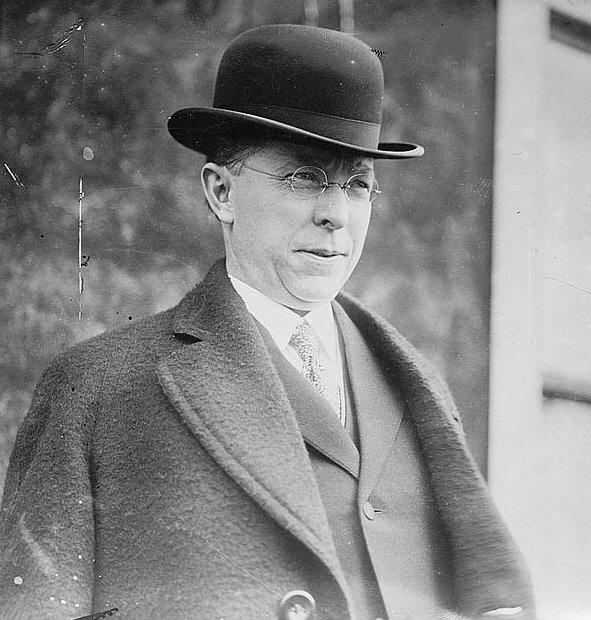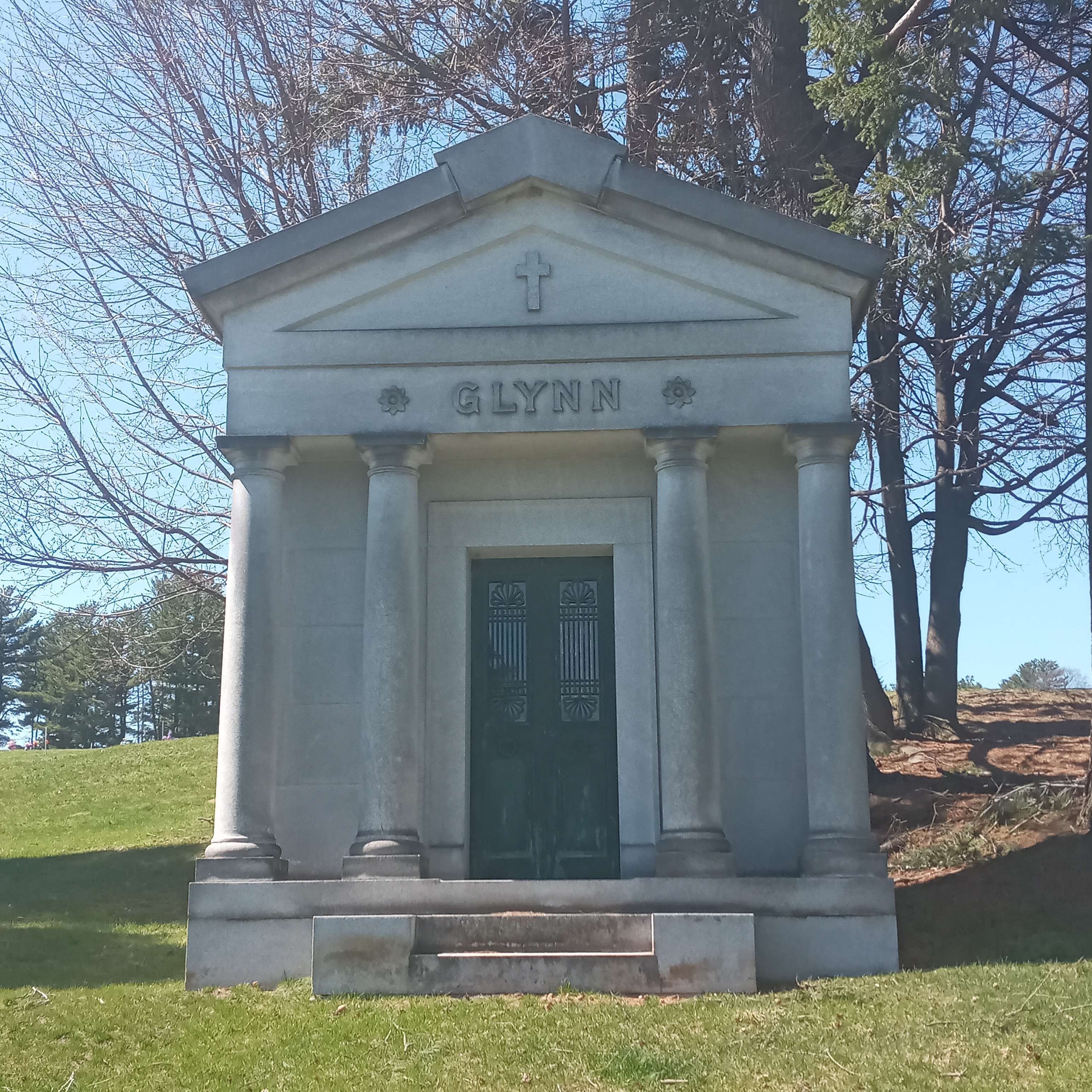Martin H. Glynn on:
[Wikipedia]
[Google]
[Amazon]
Martin Henry Glynn (September 27, 1871 – December 14, 1924) was an American politician. He was the 40th
 Glynn was elected as a Democrat to the
Glynn was elected as a Democrat to the

Glynn Ill in Germany, May Decline Office; Comptroller-elect Suffering from Injury to His Spine
', New York Times, November 9, 1906
at Valatie, New York Library
at Political Graveyard (gives as birthplace Kinderhook, the town which includes the Village of Valatie)
Martin Henry Glynn Papers, 1913-1924
at the
governor of New York
The governor of New York is the head of government of the U.S. state of New York. The governor is the head of the executive branch of New York's state government and the commander-in-chief of the state's military forces. The governor ...
from 1913 to 1914, the first Irish American
Irish Americans () are Irish ethnics who live within in the United States, whether immigrants from Ireland or Americans with full or partial Irish ancestry.
Irish immigration to the United States
From the 17th century to the mid-19th c ...
Roman Catholic
The Catholic Church (), also known as the Roman Catholic Church, is the largest Christian church, with 1.27 to 1.41 billion baptized Catholics worldwide as of 2025. It is among the world's oldest and largest international institut ...
head of government of what was then the most populated state of the United States. A Democrat, he signed a number of important reforms, including the direct primary and labor laws.
Life
Glynn was born in Kinderhook, New York and grew up in Valatie, one of Kinderhook's villages. He was the son of Martin Glynn (son of Martin Glynn and Catherine de Burke) and Ann Scanlon, who were both born in Ireland. He graduated fromFordham University
Fordham University is a Private university, private Society of Jesus, Jesuit research university in New York City, United States. Established in 1841, it is named after the Fordham, Bronx, Fordham neighborhood of the Bronx in which its origina ...
in 1894, then studied at Albany Law School
Albany Law School is a private law school in Albany, New York. It was founded in 1851 and is the oldest independent law school in the nation. It is accredited by the American Bar Association
The American Bar Association (ABA) is a voluntary ...
of Union University, New York, and was admitted to the bar in 1897. From 1896 on, he wrote for the '' Albany Times-Union'' daily newspaper, becoming eventually its editor, publisher and owner. In 1898, Fordham awarded Glynn the honorary degree
An honorary degree is an academic degree for which a university (or other degree-awarding institution) has waived all of the usual requirements. It is also known by the Latin phrases ''honoris causa'' ("for the sake of the honour") or '' ad hon ...
of Master of Arts
A Master of Arts ( or ''Artium Magister''; abbreviated MA or AM) is the holder of a master's degree awarded by universities in many countries. The degree is usually contrasted with that of Master of Science. Those admitted to the degree have ...
. Over the course of his career, Glynn received honorary LL.D. degrees from Fordham, Syracuse, Georgetown, and Union Universities.
 Glynn was elected as a Democrat to the
Glynn was elected as a Democrat to the 56th United States Congress
The 56th United States Congress was a meeting of the legislative branch of the United States federal government, composed of the United States Senate and the United States House of Representatives. It met in Washington, D.C., from March 4, 189 ...
, and served from March 4, 1899, to March 3, 1901. When he took his seat at age 26, Glynn was the youngest member of the House. He was New York State Comptroller
The New York state comptroller is an elected constitutional officer of the U.S. state of New York and head of the New York state government's Department of Audit and Control. Sixty-one individuals have held the office of State Comptroller si ...
from 1907 to 1908, elected in 1906
Events
January–February
* January 12 – Persian Constitutional Revolution: A nationalistic coalition of merchants, religious leaders and intellectuals in Persia forces the shah Mozaffar ad-Din Shah Qajar to grant a constitution, ...
, but defeated for re-election in 1908 by Republican Charles H. Gaus.
At the New York state election of 1912, Glynn was the running mate of the successful Democratic candidate for Governor, William Sulzer. Glynn was sworn in as Lieutenant Governor of New York
The lieutenant governor of New York is a Constitution of New York, constitutional office in the executive branch of the Government of the State of New York. It is the second highest-ranking official in state government. The lieutenant governo ...
on January 1. Following friction with the dominant Tammany Hall
Tammany Hall, also known as the Society of St. Tammany, the Sons of St. Tammany, or the Columbian Order, was an American political organization founded in 1786 and incorporated on May 12, 1789, as the Tammany Society. It became the main local ...
faction, Sulzer was impeached and in August 1913, Glynn was appointed Acting Governor. On October 17, following Sulzer's formal removal from office, Glynn was sworn in as Governor. He was the first Catholic Governor of New York and showed an interest in Irish-American affairs. However, Glynn was forced to manage conflict in his own party between Tammany Hall and reformers/progressives led by Sulzer, who became a critic of Glynn's administration. After a year in office Glynn was defeated at the 1914 election, by the Republican candidate, Charles S. Whitman. Sulzer was later active in the Progressive Party. Glynn was active in the progressive movement. David Sarasohn calls him "an able and progressive governor" who signed numerous reforms.
Glynn was a delegate to the 1916 and 1924 Democratic National Convention
The 1924 Democratic National Convention, held at the Madison Square Garden (1890), Madison Square Garden in New York City from June 24 to July 9, 1924, was the longest continuously running convention in United States political history. It took ...
s. As the keynote speaker at the 1916 National Democratic Convention, Glynn delivered one of his most famous speeches, praising the accomplishments of President Woodrow Wilson and the platform of the Democratic Party.
"The Crucifixion of Jews Must Stop!"
Glynn's article "The Crucifixion of Jews Must Stop!" was published in the October 31, 1919, issue of '' The American Hebrew''; in it he lamented the poor conditions for European Jews afterWorld War I
World War I or the First World War (28 July 1914 – 11 November 1918), also known as the Great War, was a World war, global conflict between two coalitions: the Allies of World War I, Allies (or Entente) and the Central Powers. Fighting to ...
. Glynn referred to these conditions as a potential "holocaust
The Holocaust (), known in Hebrew language, Hebrew as the (), was the genocide of History of the Jews in Europe, European Jews during World War II. From 1941 to 1945, Nazi Germany and Collaboration with Nazi Germany and Fascist Italy ...
" and asserted that "six million Jewish men and women are starving across the seas". The figure of six million, which is also the generally accepted number of Jews who perished in The Holocaust
The Holocaust (), known in Hebrew language, Hebrew as the (), was the genocide of History of the Jews in Europe, European Jews during World War II. From 1941 to 1945, Nazi Germany and Collaboration with Nazi Germany and Fascist Italy ...
of World War II
World War II or the Second World War (1 September 1939 – 2 September 1945) was a World war, global conflict between two coalitions: the Allies of World War II, Allies and the Axis powers. World War II by country, Nearly all of the wo ...
has been exploited by Holocaust deniers. However, historian Robert N. Proctor says it "is simply a remarkable coincidence and nothing more."
Death and burial
He committed suicide by gunshot in 1924, after having suffered throughout his adult life from chronic back pain caused by a spinal injury. Though the cause of death was listed on his death certificate, the local media reported that Glynn died of heart trouble. The true story of his death was publicized in Dominick Lizzi's 1994 biography. He was buried at St. Agnes Cemetery inMenands, New York
Menands is a village in Albany County, New York, United States. The population was 4,554 at the 2020 census. The village is named after Louis Menand. The village lies inside the town of Colonie and borders the northern city line of Albany.
...
.

Notes
Sources
*Glynn Ill in Germany, May Decline Office; Comptroller-elect Suffering from Injury to His Spine
', New York Times, November 9, 1906
at Valatie, New York Library
at Political Graveyard (gives as birthplace Kinderhook, the town which includes the Village of Valatie)
Martin Henry Glynn Papers, 1913-1924
at the
New York State Library
The New York State Library is a research library in Albany, New York, United States. It was established in 1818 to serve the state government of New York and is part of the New York State Education Department. The library is one of the large ...
, -
, -
, -
, -
, -
, -
, -
{{DEFAULTSORT:Glynn, Martin Henry
1871 births
1924 suicides
Albany Law School alumni
American newspaper editors
American people of Irish descent
American politicians who died by suicide
Burials at St. Agnes Cemetery
Democratic Party members of the United States House of Representatives from New York (state)
Democratic Party governors of New York (state)
Fordham University alumni
Journalists from New York (state)
Lieutenant governors of New York (state)
New York (state) lawyers
New York state comptrollers
Politicians from Albany, New York
People from Columbia County, New York
Progressive Era in the United States
Suicides in New York (state)
Lawyers from Albany, New York
Catholics from New York (state)
19th-century American lawyers
1924 deaths
Suicides in the United States
19th-century members of the United States House of Representatives